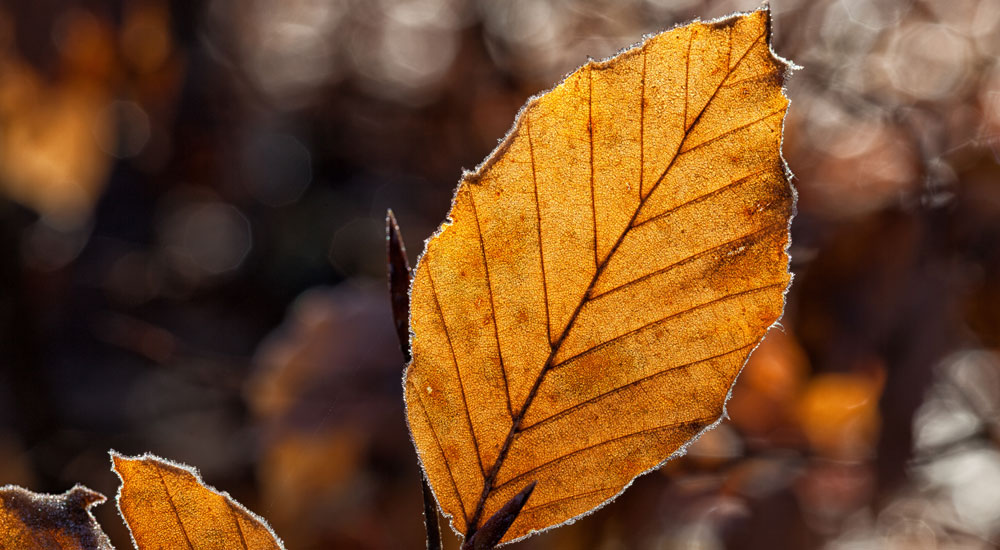It is without a doubt that the many brightly coloured leaves are among autumn’s finest features. When placed in an aquarium, these can be both decorative and useful – providing you note a few things.
Adding a little foliage to your aquarium is actually a very logical thing to do. After all, leaves at the bottom of the water form a natural part of the habitat of many freshwater fish species in the wild. They provide a great breeding ground for things like algae, which your fish love to graze on. Several shrimp species also feast directly on the decomposing leaves or feed on the growth that soon starts to appear on them. A further practical aspect is that the foliage can be a great way to give structure to the bottom of the tank, for example by providing places for aquatic creatures to hide and even breed.
Only collect dry leaves
You should note, however, that you should not simply throw every single pretty, dry leaf you find into the water. Firstly, the dry leaves you use have to be free from fungi, dirt and the like. You should also never collect leaves that have already started to decompose. What’s more, you should always take great care when choosing where to collect the leaves, avoiding areas near main roads or where plant protection products are used.
To be on the safe side, you can also allow the leaves for your aquarium to dry out for a while longer after you return home with them. To do this, spread them out in a dry and, ideally, warm place. This is an easy way of making even large quantities of leaves suitable for longer storage of up to a year. If you are in a rush, you can also dry leaves in the oven at about 50 degrees.
Foliage in aquariums
Anyone who tries to simply drop the collected leaves into their aquarium without any further action will discover that they assiduously float on the surface of the water. Instead, you need to either extensively water the leaves before putting them in the aquarium or use branches or stones to hold them down for a while. After a few days, they will lose their buoyancy. The creatures in your aquarium will have started to inquisitively check out the new additions to their habitat long before that though.
Beech and oak leaves
In our area of the world, beech and oak leaves make particularly good choices for aquariums. This is because they decompose slowly. They also contain hardly any substances that discolour the aquarium water, for example.In our area of the world, beech and oak leaves make particularly good choices for aquariums. This is because they decompose slowly. They also contain hardly any substances that discolour the aquarium water, for example.
Walnut tree leaves and other species
Walnut tree leaves are said to have antibacterial and fungicidal properties. In addition, the substances they release apparently have a positive effect on fishes’ immune systems. Maple, chestnut and even birch leaves also make suitable choices for aquariums.
Removing the leaves
The leaves in an aquarium gradually decompose. As they can become unattractive when doing so, anyone who would rather not wait for this process to run its full course can simply remove the leaves from the aquarium again. If the leaves have fully decomposed and you want to remove the residues from the bottom of the aquarium, you must always take particular care to ensure they do not contain small animals like shrimps. As a further general rule of thumb, it is important to keep a constant eye on the water parameters – especially when adding things to an aquarium.

